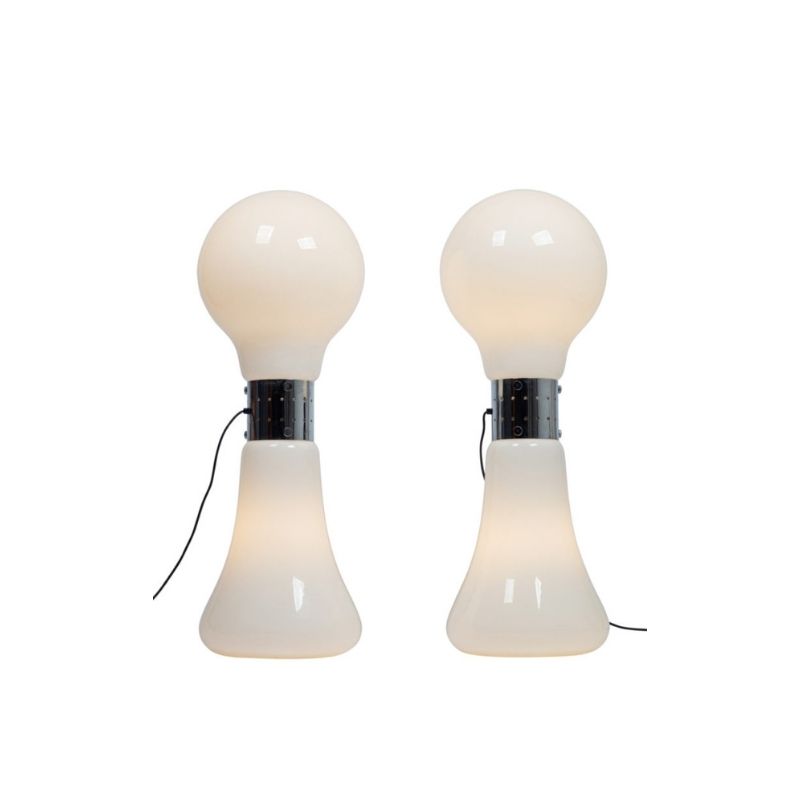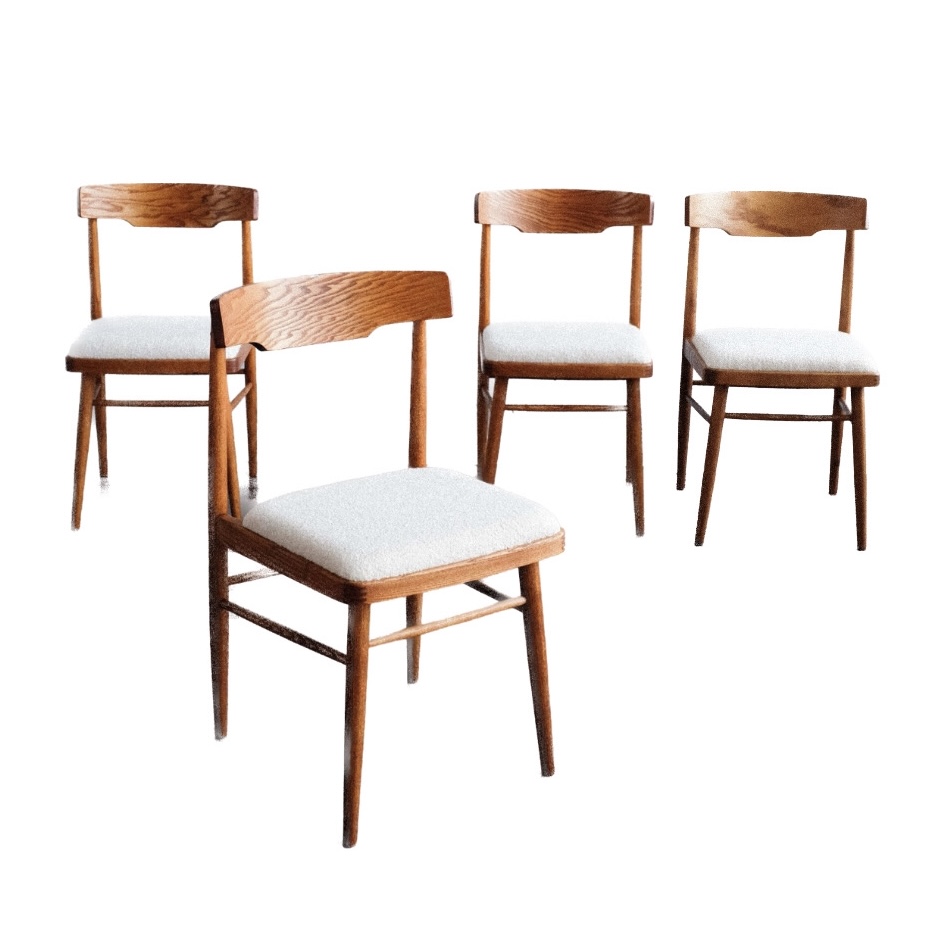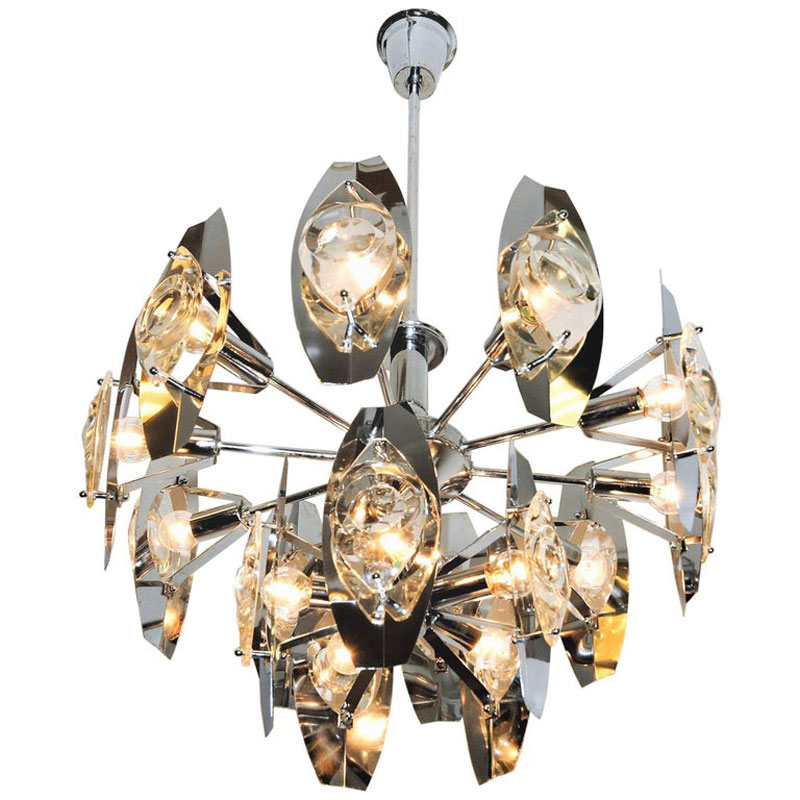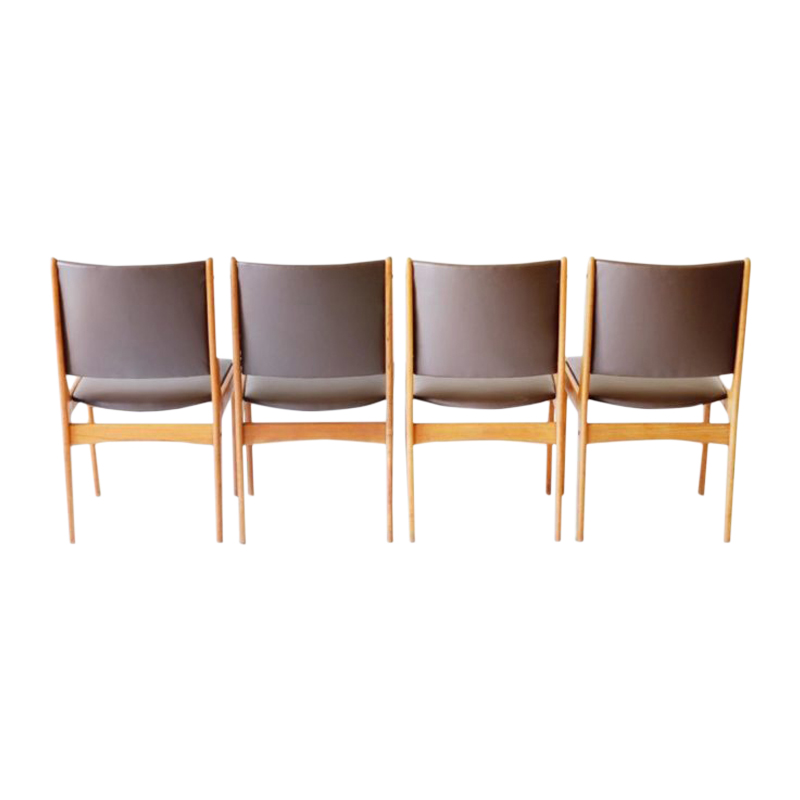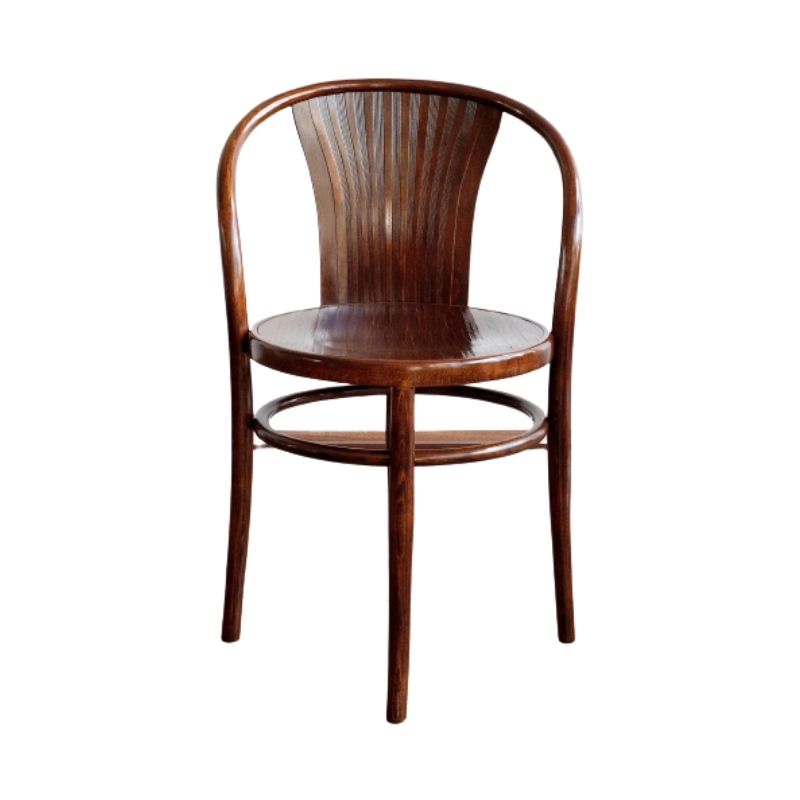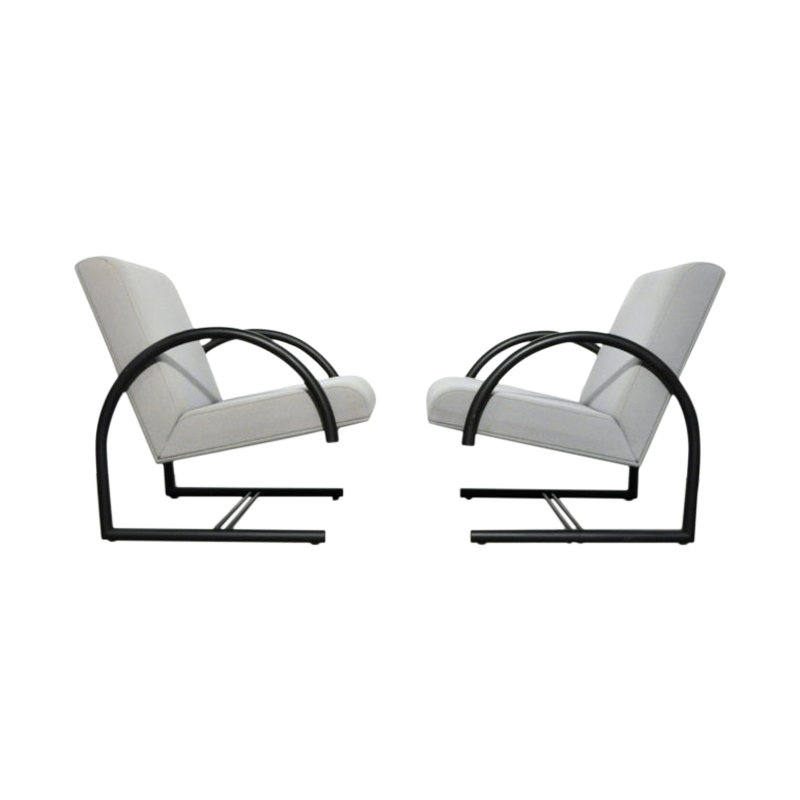I just acquired a teak room divider/screen. Im a bit tentative working on this since I've never worked on teak or anything this intricate.
Im looking for advice on how to go about cleaning and restoring it; additionally, Ive never seen teak in this color (rich brown tone), was it stained originally?
Thanks, any help would be greatly appreciated.

As far as cleaning is concerned, whats the best way to approach this?
There so much info out there, and all of it saying different things such as: use Murphy's Oil Soap (which I've used on Walnut), then another article saying the complete opposite not to use it. Ive seen people completely saturate the wood with water and others just simply using a damp cloth. Others using thinner and things of that nature ... So its all a bit conflicting
On top of that I plan to piece in and repair the missing part, so ill need it all to match as closely as possible to the new pieces of teak. (thats why I was considering sanding it down a bit)
You can see examples of complete 6 panels on 1stdibs.com, but most of whats out there are no longer complete dividers due to its fragile nature I'm assuming.
This piece is not being resold, I've been looking a long time for one for some time now that was close to complete.
These dividers for example have the more golden tone associated with teak, so I assume they completely refinished the... strip and sand?

There are thousands of surfaces here. I am having a hard time understanding what it means to clean, strip, sand, or oil this. Under many reasonable definitions of any of those words, we are talking about thousands of hours of work.
Also, I would not even be sure the wood is teak. It is possible, but it might be a few other species too. And I think, as you guessed, it might have been stained gray, which might be an insurmountable problem unless you happen to want it gray.
So what appearance do you want out of this screen?
(If you want an oil finished golden teak tone screen, this screen might not be the right starting point for you).
Leif,
Yes, as far as the end result is concerned, I prefer to have an oiled finish with its natural golden tone. I am prepared to invest the amount of time needed to do so. Im just trying to narrow down the appropriate method in order to get the best results. (I'm an Industrial Design student, so long hours and all nighters are no stranger to me)
From what I can tell it is completely made of teak. The previous owner had it stored in the garage, so i rarely got any sunlight.
I think Ill start by cleaning the whole thing with turpentine. Then possibly... lightly sand each panel with 320 -400 grit.
Ill attach some close up images of my screen as well as a similar one for comparison (1st two pics are of the similar screen and the last one are of the feet of mine)

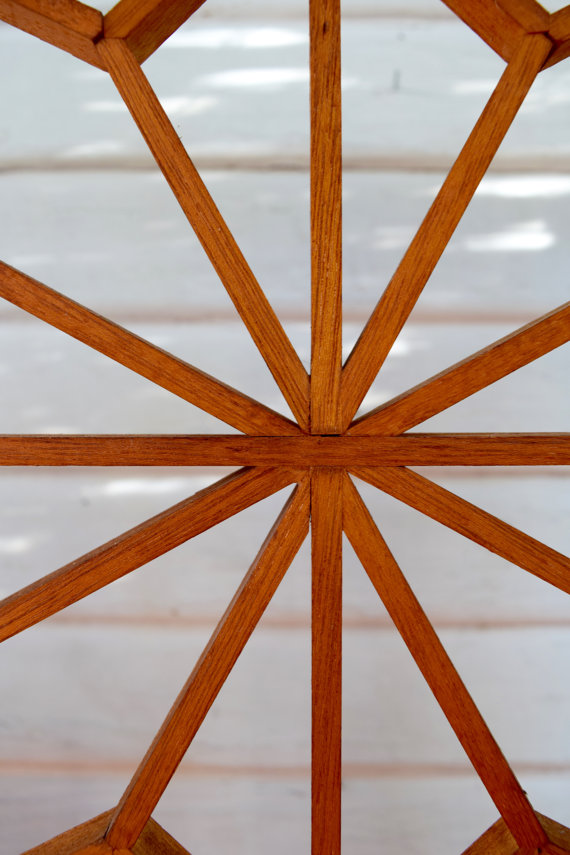
For what it is worth (not much given the circumstances), I think the wood looks a lot more like Luaun (aka phillipine mahogany), and that applies to the similar ones and to yours.
So if you really want a golden teak oiled look, you could mark each indivual pieces, and make a map showing where they go, then disassemble, clean old glue from the ends, sand from 60 to maybe 220 grit, oil the exposed faces (not the ends), then reassemble according to your map. (I would estimate this at 3 thousand hours).
Here's plan b: find a trough large enough to hold an entire panel, don a designer space suit, and mix up a huge batch of lye enough to fill the trough. Dip each panel in the lye and let them dry out. Neutralize the excess lye with acid and dispose (again wearing the space suit). Purchase a large quantity of 32% purity hydrogen peroxide, again enough to fill the trough. Don the space suit, and dip the panels into the hydrogen peroxide. They will foam like you won't believe, and when that is done, you will have bleached white panels. Finally, buy a couple gallons of teak oil and some tubes of artist oil paints of just the right golden teak tone, mix, and apply. Make sure you buff any excess oil off after ten minutes and don't let any drops hide in the crevices. I would estimate this at maybe ten hours of actual work, and a few hundred in chemicals, and a non trivial chance of death or disfigurement.
If you choose this plan, please take snappies of the whole process. We will want to analyze your sartorial choice in chemical space suits.
If you need any help, please contact us at – info@designaddict.com



